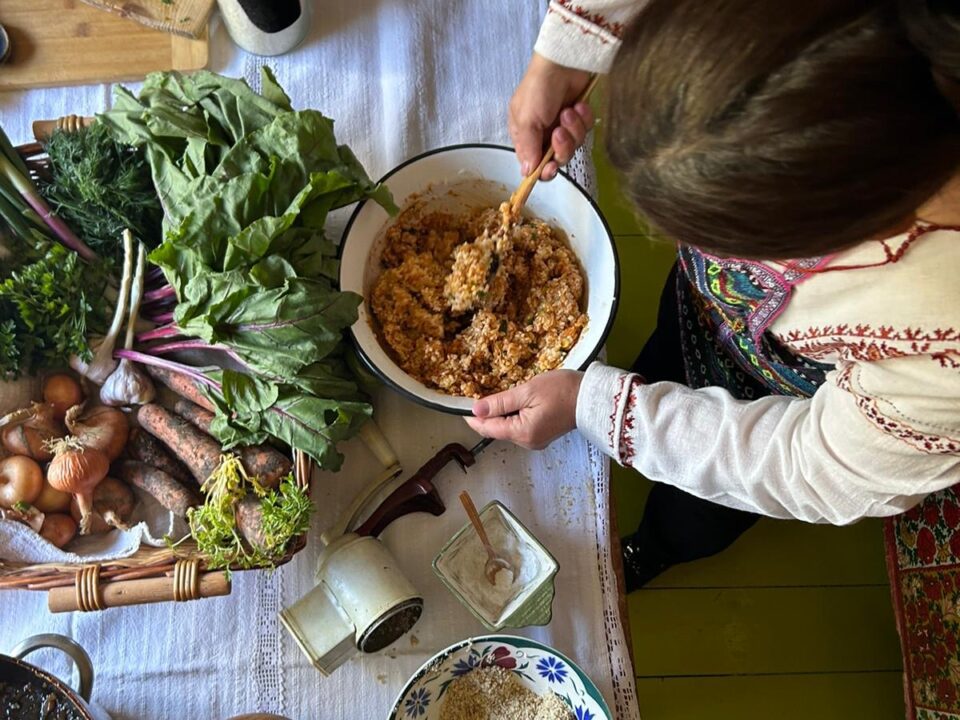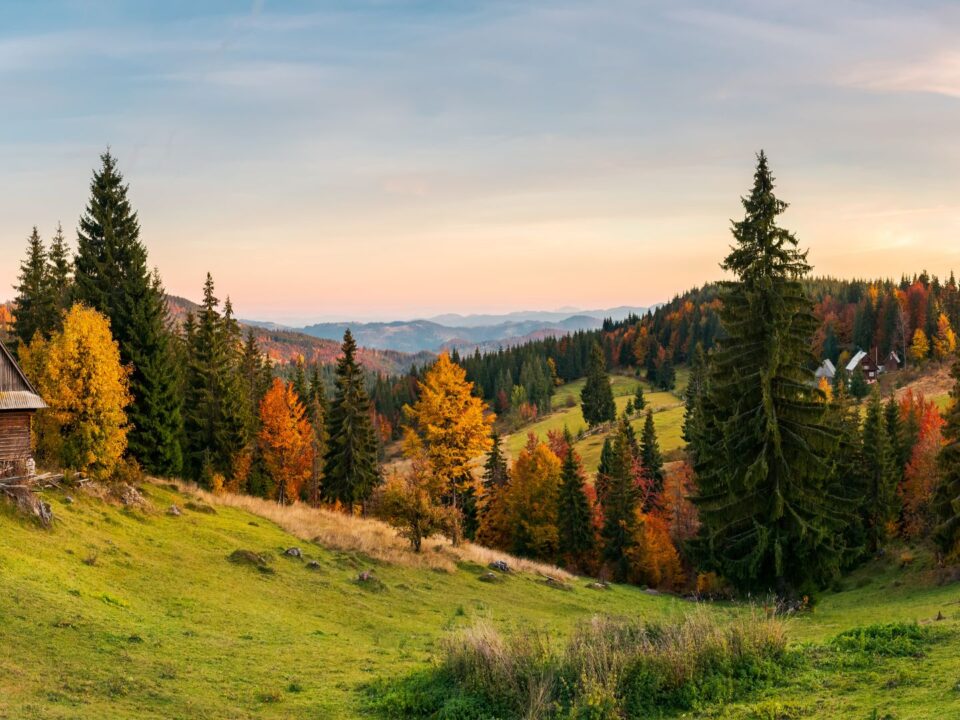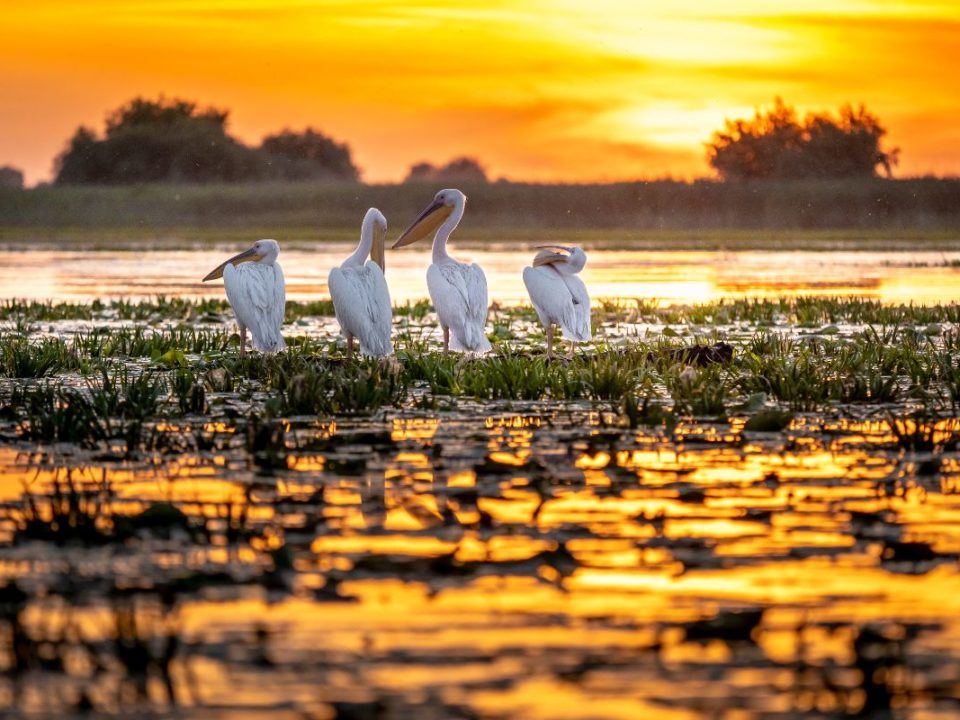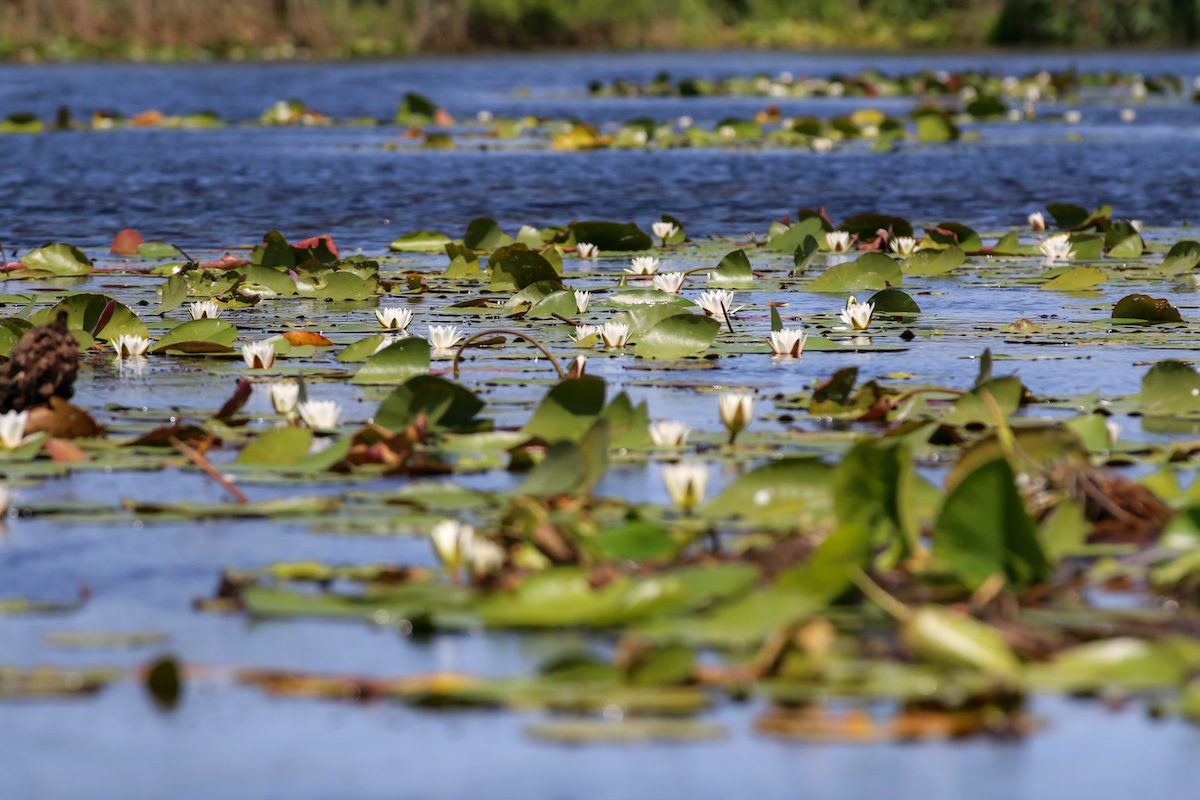
Treasures Of The Danube Delta
May 27, 2021
The Road To Targu Mures
October 19, 2021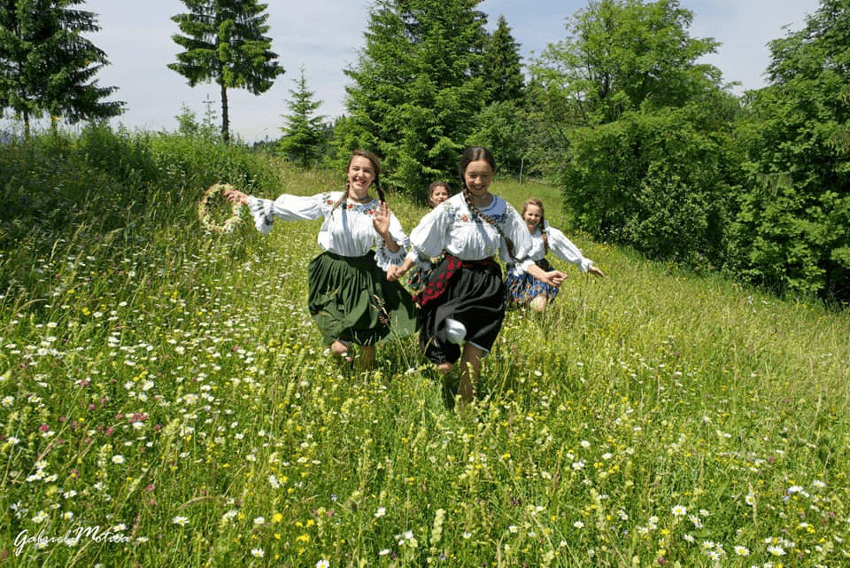
European tradition has similar ways to mark the beginning of summer and they are all usually centered around the solstice. From the fires of San Juan in Spain to Midsommar in Scandinavia (alternatively named Sankt Hans, a short version of Sankt Johannes, basically Saint John), it is that one day a year when people get together, sing songs around a bonfire, expressing the thankfulness and joy for light, sun and pleasant weather.
Romanians do things a little different. In all local fairytales, celebration is set in stone to last three days and nights, not more, not less. So why would the beginning of summer be any less than a three-stage epic journey?
Chapter One: Maleficent
It all begins on the Whit Sunday, when we appease the wicked nymphs of lakes called Rusalii (pronounced Roo-saa-leey), or Rusalkas. The legend says these beautiful creatures would cloud one’s mind with their singing, so once a year an offer has to be made to tame their wicked ways. Thus, it is forbidden to do manual labor on “Rusalii” Sunday, and people put on the table traditional clay jugs full of milk, beautifully ornated with flowers, so that the Rusalkas can quench their thirst.
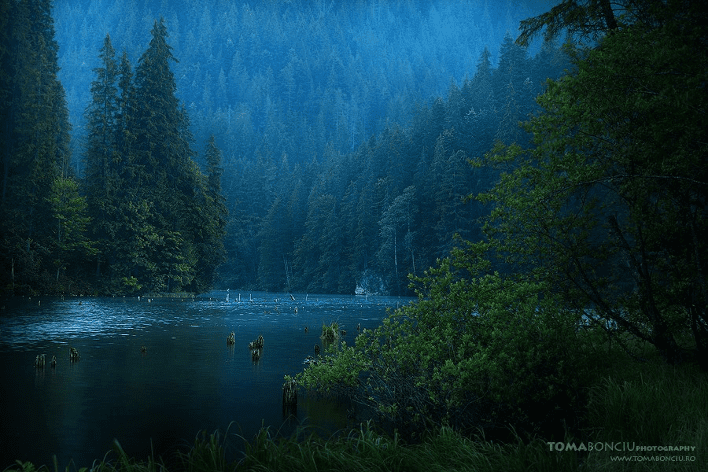
Chapter Two: The Shamans
Furthermore, this is an additional way to counter the wild and unpredictable ways of Rulsalkas. In old stories, formidable shamans would perform intricate dancing rituals to purge the dark clouds set on human minds by these malign creatures, so every year on Rusalii Sunday we reenact this amazing shamanistic dance called Călușarii (pron. Cah-loo-sha-reey).
It is a most exquisite mixture of rudimentary theatre and dance, probably one of the most iconic ritualistic traditions the Romanians still keep. Young lads, still celibate and wearing beautifully complex traditional costumes dance in a gradually rising cadence until finally they come together in a “hora” – a round dance like a circle of energy invoking the power of the sun to keep the Rusalkas away. The dance is accompanied by an equally energetic song that rises to a healing apotheosis.
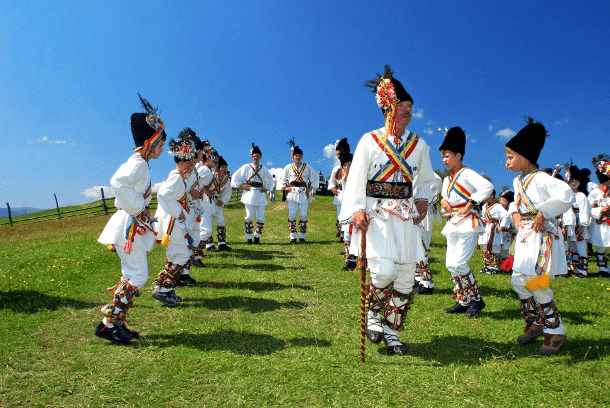
Interested in sampling iconic and defining songs of Romanian tradition? This is definitely on top, along with a very similar beat called Ciuleandra. You’ll also find delight in a pastoral dance, and lastly, but definitely a must, if it is one archaic Romanian song you listen to, let it be a doina (pron. Doy-nah)
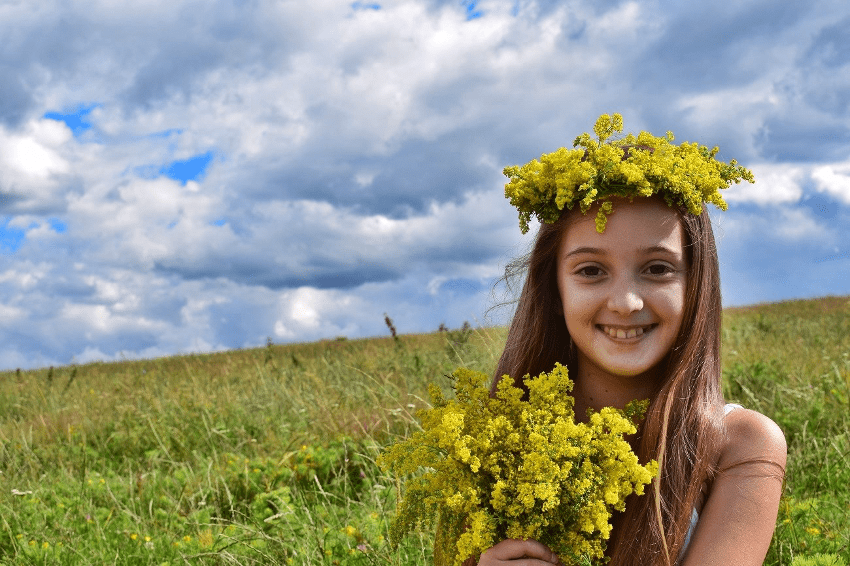
Chapter Three: The good fairies
With the Rusalkas well behind us, folk can now safely celebrate the sun. The solstice is the celebration when people step into the realm of light and happiness brought by the sun.
Thus, everything culminates in the third stage of the journey when we join the good fairies of forests in their fruitful dances. This is final night, the Night of Sânziene (pron. Sihn-zee-yeh-neh), fairies of the forest whose names stem from Saint Diana, goddess of wilderness and fertility and childbirth. Following the healing ritual of the Calusari, these benefic creatures represent the triumph of life, all rituals happening during this day loosely mimicking an intricate nuptial ceremony. The Sânziene dance brings good luck, bountifulness, light and… husbands.
The celebration of Sânziene is the one most expected by unmarried girls. When the night comes, they carefully place flowers under their pillows so that the fairies reveal their intended in their dreams. If the lass is happy with her dreamy, she must throw a wreath of flowers on the roof of her house as many times as it takes to make it remain there. It is said she will marry the lad of her dream within a year.
Finally, the next day the almighty sun is invoked for its blessing in a procession where a girl, dressed as bride, is symbolically offered to the sun as spouse.
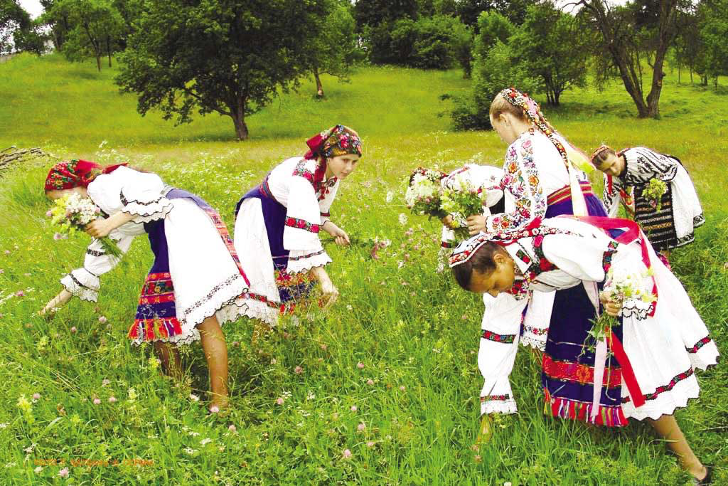
La blouse roumaine
The Sânziene Day is one of the most beloved celebrations in Romania and if you happen to be here during this time it is very common to see women of all ages carrying small bouquets of yellow “sânziene” flowers and wearing the amazing “ie” – the Romanian traditional blouse.
It is a very special piece of garment – a beautifully hand-embroidered blouse, with various colors and motifs. From Transylvania to Banat and from Oltenia to Moldavia, all of the Romanian historical regions take pride in their own specifics when in comes to this most precious piece of Romanian clothing, and identity. The “ie” blouse is world-famous as “La Blouse Roumaine” – the title of an exquisite painting by Henry Matisse, and it’s frequently quoted and re-interpreted on the international fashion podiums.
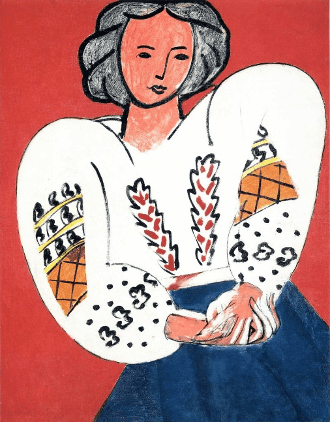
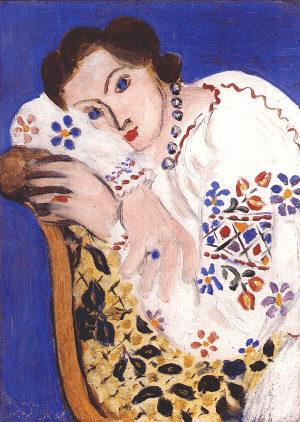
The celebration of summer is a perfect moment to come visit Romania.
Nature is just fulfilling its beauty, everything is zesty and colorful, the weather is pleasant, people are welcoming in the utmost and we are always here to concoct the journeys most in sync with your personality.
Drop us an email and we will be happy to send you a sample itinerary for a lovely summertime in Romania.

